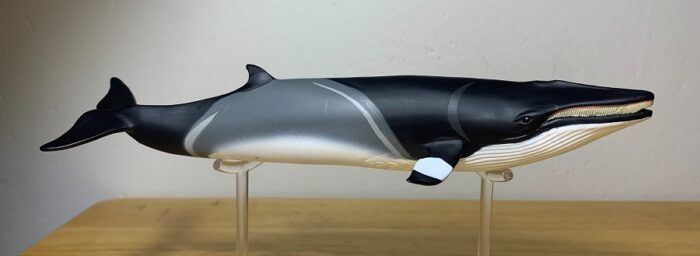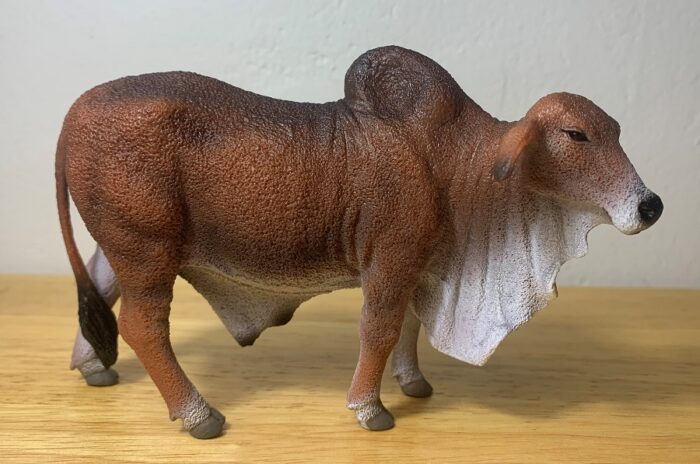The minke whale (Balaenoptera acutorostrata) belongs to the same genus as the world’s largest animal, the blue whale, but at 26-33’ (8-10.2 meters) is only a fraction of its giant cousin’s size. Indeed, the minke whale is the world’s smallest species of rorqual and the second smallest species of baleen whale (the pygmy right whale is the smallest).
Author: Gwangi
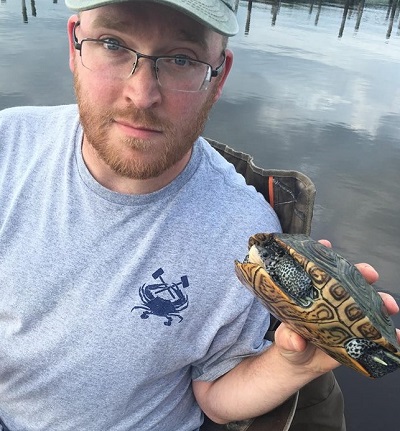 My name is Arthur but I go by Gwangi on the blogs and forums, as homage to the old dinosaur and monster movies I love so much. In addition to writing about and collecting toy animals (extinct and extant) I also share my home with a variety of living animals, mostly reptiles but a little bit of everything. I have a lifelong interest in all things pertaining to nature and natural history and most of my hobbies can be linked to those things in some way. I currently live in Maryland with my wife and daughter. In addition to writing on here I also write magazine articles, typically about local wildlife and aquarium fishes.
My name is Arthur but I go by Gwangi on the blogs and forums, as homage to the old dinosaur and monster movies I love so much. In addition to writing about and collecting toy animals (extinct and extant) I also share my home with a variety of living animals, mostly reptiles but a little bit of everything. I have a lifelong interest in all things pertaining to nature and natural history and most of my hobbies can be linked to those things in some way. I currently live in Maryland with my wife and daughter. In addition to writing on here I also write magazine articles, typically about local wildlife and aquarium fishes.All reviews by this author
Crested Gecko (Incredible Creatures by Safari Ltd.)
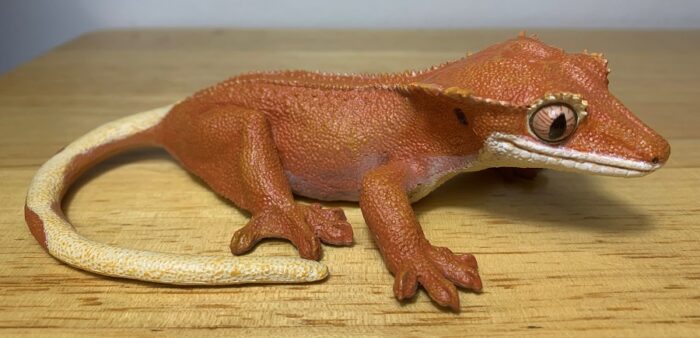
The Safari crested gecko (Correlophus ciliatus) is new for 2022 and part of their Incredible Creatures line. It’s a fitting addition too. The crested gecko is only found on the island country of New Caledonia. Specifically, on the southern portion of the island of Grand Terre and on Isle of Pines.
Hereford Cattle, Cow (Farm World by Schleich)
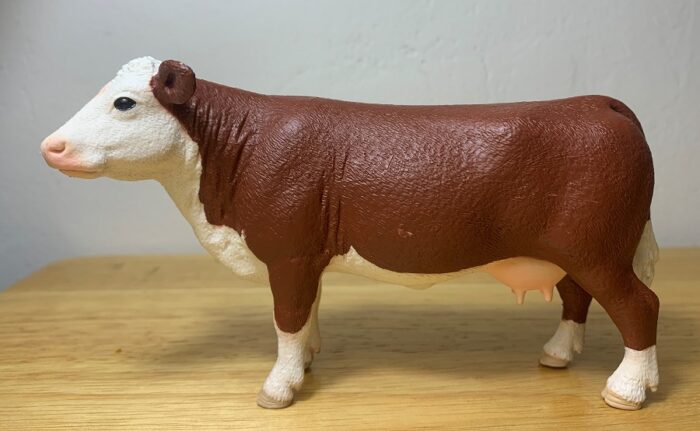
The Hereford is a breed of cattle that originated in Herefordshire, England, in 1742. Originally used as a multi-purpose breed, Hereford cattle are now bred specifically for their meat. They can be easily identified by their mostly dark red body and white face. The Hereford is smaller than the similar Simmental cattle, and in general has less white spotting and tends to be darker red in color too.
Holstein Cattle, Cow (Farm World by Schleich)
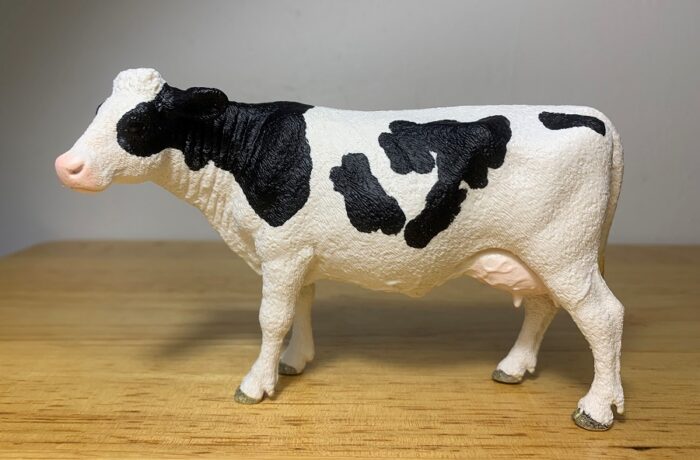
If you were told to close your eyes and picture a cow, chances are that the cow would be a Holstein. Holstein cattle are the classic black and white dairy cows, familiar the world over. Of the estimated 9 million dairy cattle in the United States alone, 90% of them are Holsteins or of Holstein decent.
African Wild Ass (Wildlife by CollectA)
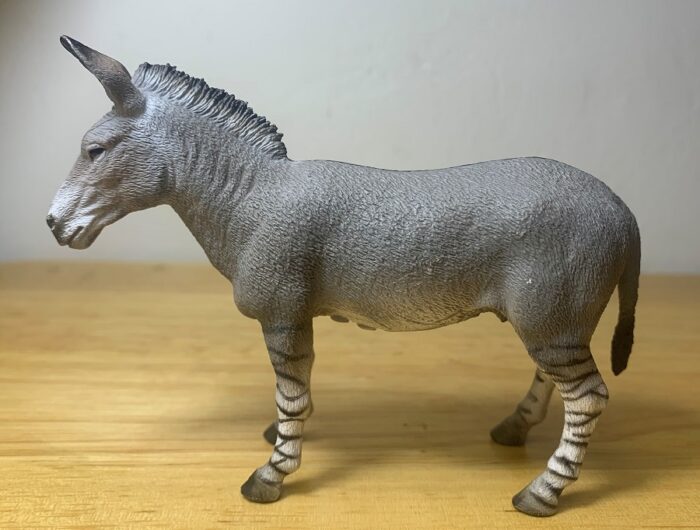
The African wild ass (Equus africanus) is a species of Equid native to the arid regions of North Africa. It is also critically endangered with only about 570 individuals living in the wild. Two sub-species have been described, the Nubian wild ass (E. a. africanus) and the Somali wild ass (E.
Kraken (The Enchanted World by Papo)
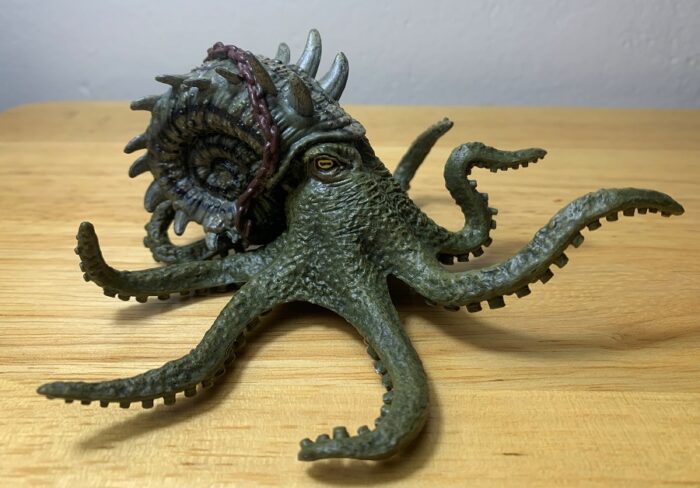
The kraken (Microcosmus marinus) is a cephalopod native to northern Europe that’s renowned for its size and ship sinking abilities. Although its true size is unknown, Erik Pontoppidan, bishop of Bergen and author of Natural History of Norway wrote that the kraken is “the largest sea monster in the world…round, flat, and full of arms, or branches.
Red Deer Stag (Wild Animals by Papo)
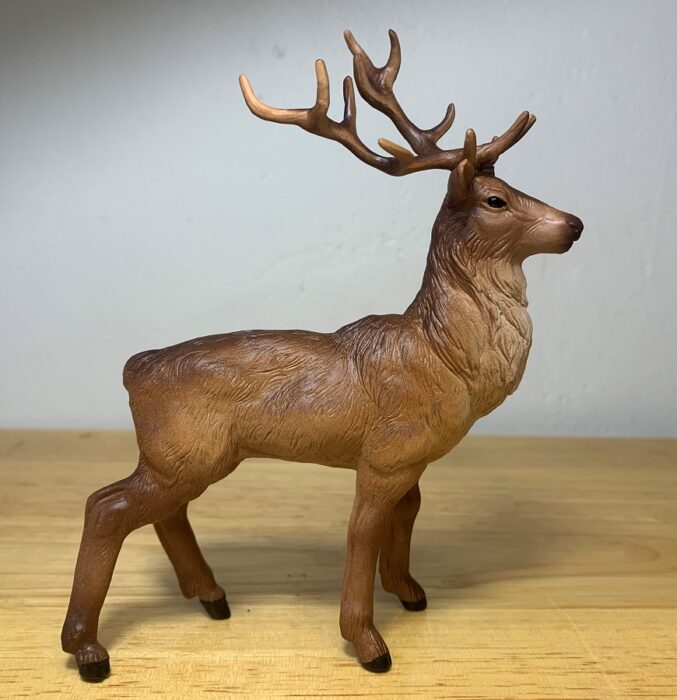
With today being St. Patrick’s Day, I thought it would be fun to look at an animal that hails from the Emerald Isle. I decided to go with the red deer (Cervus elaphus), Ireland’s only native deer and its largest native land mammal. The red deer ranges across much of Europe, into western Asia, and Northern Africa where it has the distinction of being Africa’s only deer species.
Ruby-eyed Green Pit Viper (Animals with Superpowers by Yowie Group)
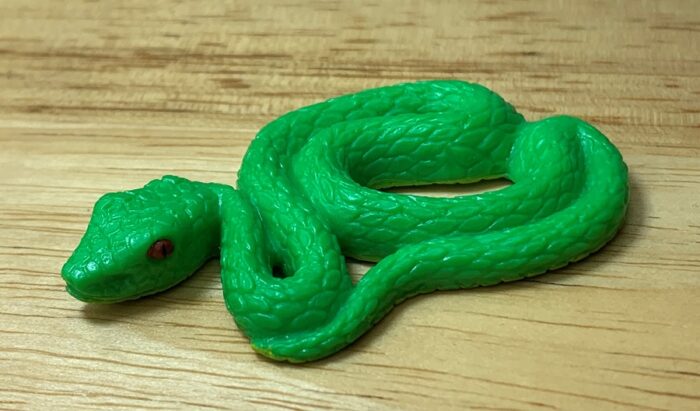
The ruby-eyed green pit viper (Craspedocephalus rubeus) is a venomous species of snake from Cambodia and Vietnam that was described in 2011. Not much is known about the species. It lives in seasonal tropical forests near fast flowing streams and appears to be nocturnal. The genus Craspedocephalus contains 15 species, and they tend to be small, arboreal, and feed on small rodents, birds, lizards, and amphibians. Today we’re looking at the ruby-eyed green pit viper, part of Yowie’s Animals with Superpowers set released in 2021.
Fleckvieh Cattle, Bull (Farm World by Schleich)
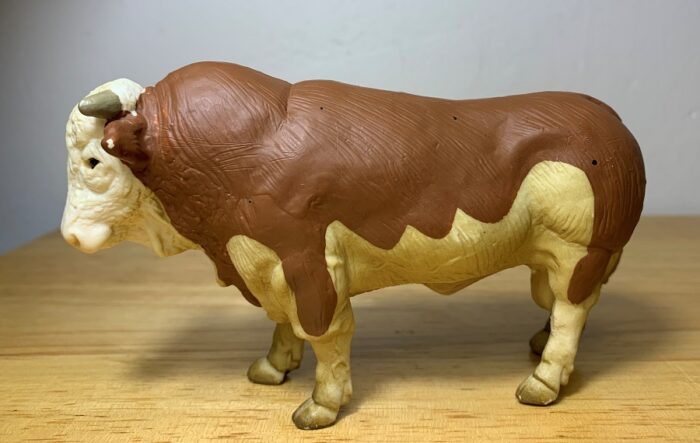
Growing up on a cattle farm there was one piece of advice I always heeded and never questioned, beware of the bull. While the cows were typically approachable and docile the bull was the polar opposite of that. A hulking, testosterone infused beast, the mere presence of the bull was intimidating enough to keep you at bay, no cautionary advice needed.
Blainville’s Beaked Whale (Sealife by CollectA)
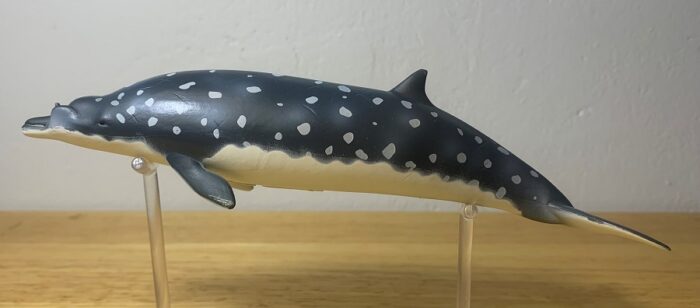
The beaked whales of the family Ziphiidae are collectively among the most elusive and poorly understood of all cetaceans, or mammals in general. Roughly 24 species have been described so far with the Ramari’s beaked whale (Mesoplodon eueu) having been described in 2021. Indeed, new beaked whale species are regularly described, or their taxonomy revised, as our understanding of them increases.
Groundhog (Incredible Creatures by Safari Ltd.)
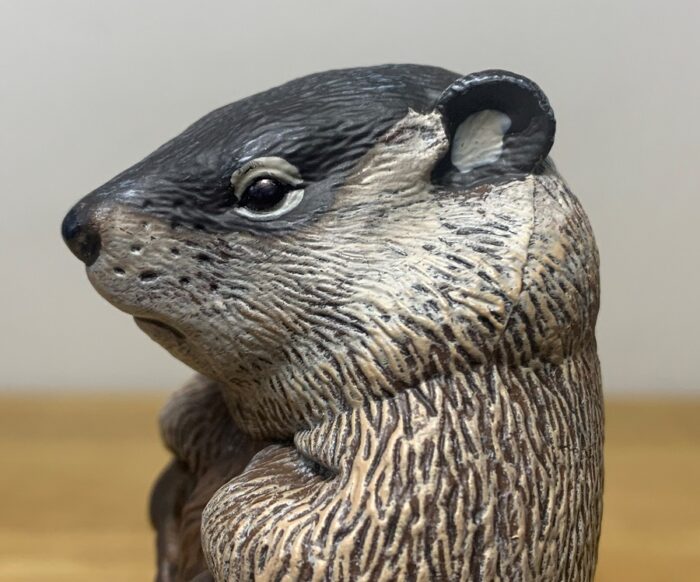
“Hear Ye! Hear Ye! Hear Ye!“
“Now, this second day of February, Punxsutawney Phil, the Seer of Seers, Prognosticator of all Prognosticators, was awakened from his burrow. In Groundhogese, Phil directed the Inner Circle to his Predictive Scroll.”
And thus begins the Groundhog Day ceremony (roughly) as it has begun each year in Punxsutawney, Pennsylvania at Gobbler’s Knob since 1886.

